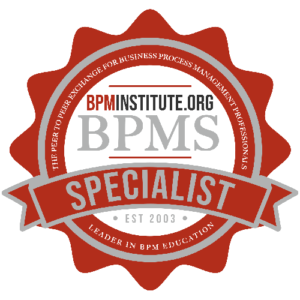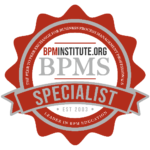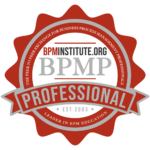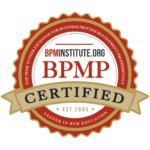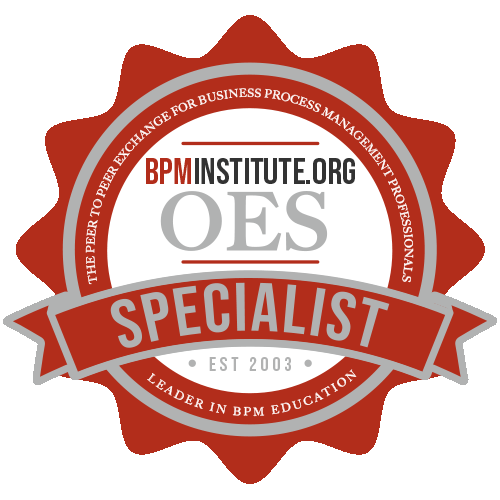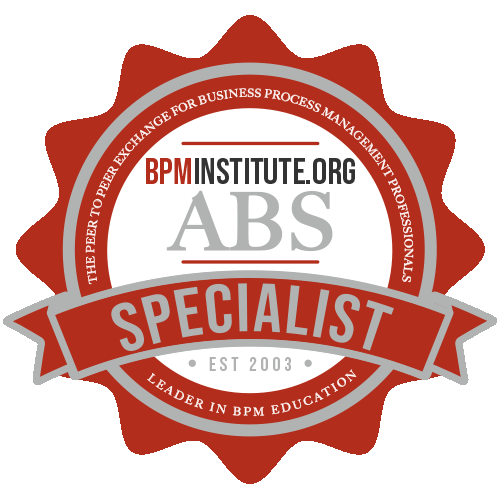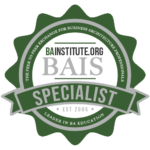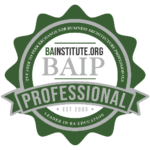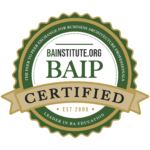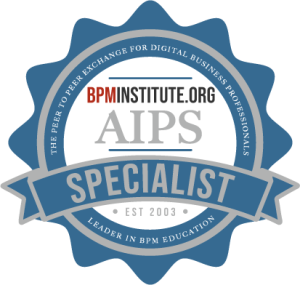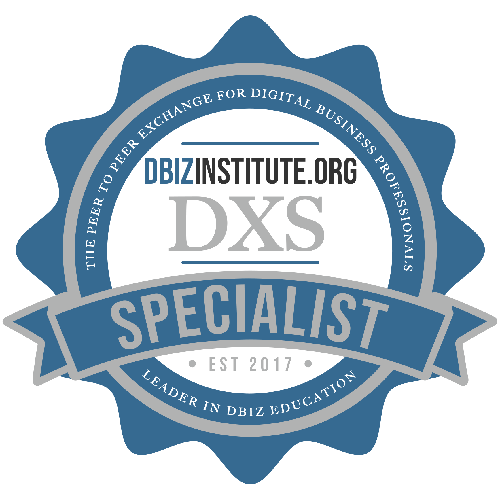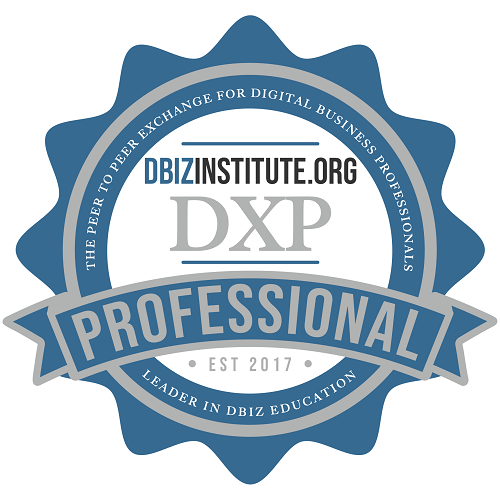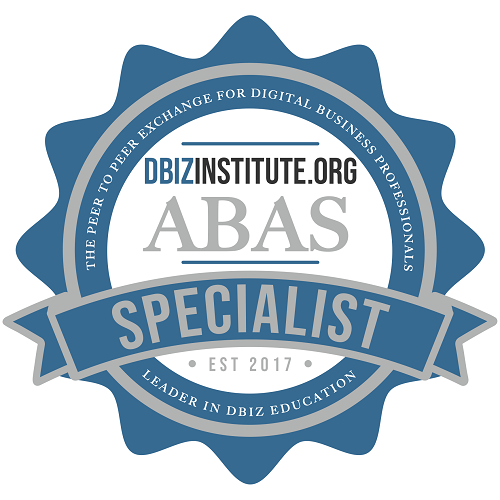Home / Resources
Resources
Discover a Wealth of BPM Knowledge and Expertise at BPMInstitute.org!

BPMS Watch: BPMN’s Three Levels, Reconsidered
Several months ago, I got an urgent request from OMG – the organization responsible for BPMN and other BPM standards – to give a short blurb I had written a permanent URL on my website. The blurb was a promotional piece for my BPMessentials training called “Three Levels of Process Modeling with BPMN.” OMG proudly proclaims that BPMN assumes no particular methodology, but the notion of using it at three specific “levels” was just something I made up when I launched my BPMN course, to describe its value to different audiences. Now OMG needed it as a “reference” for their OCEB certifi

Is ‘Business-Driven SOA’ the way forward to SOA Success?
Why do most IT professionals when they talk of SOA talk about products not processes?
Millions of marketing dollars are spent by vendors. Consultants purport to be experts ‘delivering’ projects using SOA tools and methodologies. Yet, if SOA is successful in delivering business change why don’t we see measureable evidence of this change?
Why do most IT professionals when they talk of SOA talk about products not processes?

Three Fundamental Prerequisites for Transforming Your Government Enterprise
Experience has shown that major change initiatives undertaken by government agencies seldom succeed according to plan. Too often, expectations are frustrated, budgets are over-run, schedules are exceeded, and/or programs are abandoned. Why is this story written so often, after the fact, about so many government programs? From years of working with federal agencies on some of their toughest challenges, I have found that leaders tend to underestimate the difficulty of the journeys they embark upon, at almost every stage of their more complex transformation initiatives.

Achieving Enterprise Process Agility through BPM and SOA
In this ITO America article by Razmik Abnous, youʼll learn how organizations are focusing on increasing productivity, decreasing costs, and attempting to build business models that allow them to adjust swiftly to the regularly shifting business landscape in days and weeks instead of months and years. To accomplish this, both private and public organizations need to look at implementing an enterprise process architecture that includes both business process management (BPM) and service oriented architecture (SOA).

Customer Centric Behavior and the Business Architecture
What kind of enterprise are your corporate leaders building and designing for the future? Are they building and designing a functionally centric, a product centric, a process centric or a customer centric enterprise? These are questions that I frequently ask my students in the Business Architecture (BA) classes that I teach for the BPMInstitute.

BPMS Watch: BPM Standards in Perspective
Nobody really cares about standards… until suddenly they do. When a standard reaches some threshold of adoption, a tipping point is reached. Then, if you’re not on the standard you’re proprietary. Legacy. A dinosaur. Not where you want to be.
Are you on top of your Grid?
“Four years after the worst electric power blackout in United States history, the nation’s electric companies can now be punished if it happens again. Reliability standards for the nation’s power system quietly got teeth Monday, marking a major shift in how the U.S. electric industry is regulated. Utilities now face fines of up $1 million a day if they fail to meet any of 83 standards intended to keep the nation’s power grid healthy. But compliance was voluntary.
CERN Leverages BPMS Tools to Become More Efficient
CERN, the European Organization for Nuclear Research and the world’s largest particle physics laboratory located in the Franco–Swiss border near Geneva is most famous for employing the inventor of the World Wide Web, Tim Berners-Lee. Coined the “Web”, the intent was to create a platform for information sharing between scientists working in different universities and institutes all over the world.
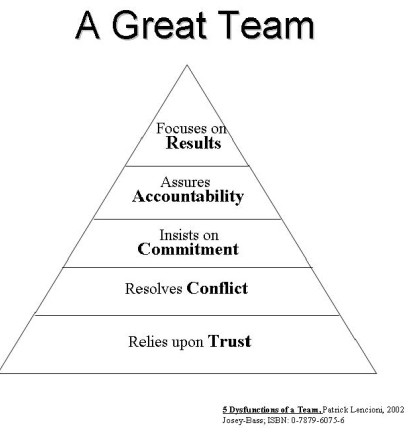
Collaborative Teams: a Work in Progress
So, you’ve read all the right books on lean, agile, and process improvement. You’ve drunk enough of the “quality” cool aid to believe that if everyone else “got it” things in your department or firm would be so much better; you can actually imagine how things could be faster, better and cheaper. If only others could see, taste and implement that same vision.

Data quality initiatives will boost your BPM project
Data quality is to the information society what quality of materials and products are to the production society. The quality of data in a business is a deciding competitive parameter, and this recognition is currently spreading among businesses throughout the world.
The technological development has generally, along with the development of ERP systems such as SAP, made it possible for businesses to produce, modify and disseminate enormous amounts of data. These data often form the basis for decision making, financial reporting and controlling liquidity, products, clients and suppliers.

RESTful Web Services Part II: Development and Testing
In my previous article, RESTful Web Services Part I, I introduced the key concepts behind REST and outlined an approach for designing RESTful web services. This article will cover implementing web services using Restlet and testing those web services using Apache JMeter.
Déjà Vu! From Project to Process Portfolio Management
The evolution of the BPM profession is leaving a strong impression of “Déjà vu”! Although less mature, the evolution of the Process Management discipline is comparable to that of the Project Management discipline.
BPM has the golden opportunity to develop more rapidly by leveraging the experience of its’ predecessor.

The Technology of Business Decision Management
In previous articles I introduced Business Decision Management (BDM), answered some of the most frequently asked questions about it and discussed operational business decisions. BDM involves the automation of operational business decisions and this leads us to the topic of this article – what technology do you need (and can you use) to implement BDM?
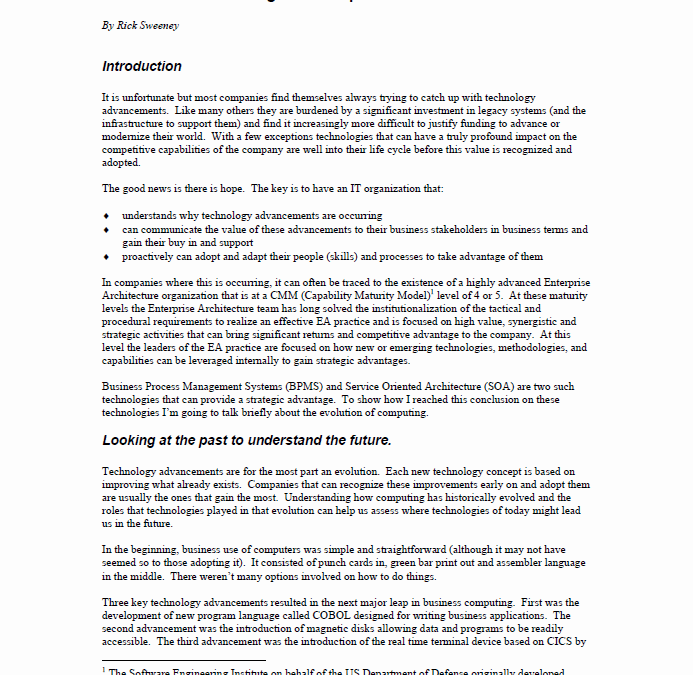
SOA and BPM – Taking the Enterprise to the Next Level
It is unfortunate but most companies find themselves always trying to catch up with technology advancements. Like many others they are burdened by a significant investment in legacy systems (and the infrastructure to support them) and find it increasingly more difficult to justify funding to advance or modernize their world.
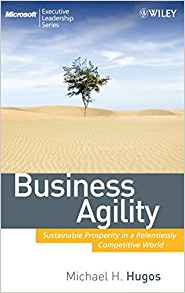
Business Agility: Sustainable Prosperity in a Relentlessly Competitive World
Our interconnected world economy behaves like a huge stock market, and the volatility that comes with this makes the traditional business focus on efficiency less effective because it requires a level of predictability that no longer exists. In our high change, real-time economy responsiveness trumps efficiency. The profits from responsiveness are the basis for sustainable prosperity in this century.
Agile and responsive organizations are structured as networks of autonomous business units that harness the power of three self-adjusting feedback loops to respond appropriately as conditions change and new opportunities arise.

What Business Architecture tells you that you don’t already know
Every executive and business unit leader has a strategy, formal or informal. Every business unit and IT organization has a set of initiatives designed to achieve some objective. And every initiative was funded based on anything from a formal business case to informal common sense. Most of these initiatives are launched without the benefit of business architecture and some of these initiatives actually succeed in meeting their respective objectives.
So why does the enterprise need business architecture?

SOA and Evolution of Data into Information
This paper analyzes the differences between data and information, the importance of, and the justification for, making such a distinction and its relevance as a critical undercurrent of a successful SOA.

Improving Process Capability across the Enterprise with Enterprise SPICE
Suppose you want/need to improve performance across your enterprise. As you pursue organizational excellence, there are many improvement models, standards, and approaches available. Each might help with part of the business, or address selected compliance requirements, but using several separately can be expensive, confusing, and ineffective. How can an enterprise reap the benefits of the knowledge in a bewildering variety of standards and models? How can this be done efficiently and effectively?

Organizing for Innovation
How should information be organized? Better yet, how should it be organized for innovation?

BPMS Watch: Bringing Method to the Madness
As BPM takes hold, organizations are finally beginning to acknowledge the need for a common language for process description, something that allows a broad base of users spanning departments, geographies – both business and IT – to look at a process diagram and understand what it says. And in BPMN, the business process modeling notation standard from OMG, we finally have near-unanimous acceptance from tools vendors of what that language looks like.
Version 1.x of the standard is supported by the majority of BPM Suite vendors as a front end to process implementation tools, as well
